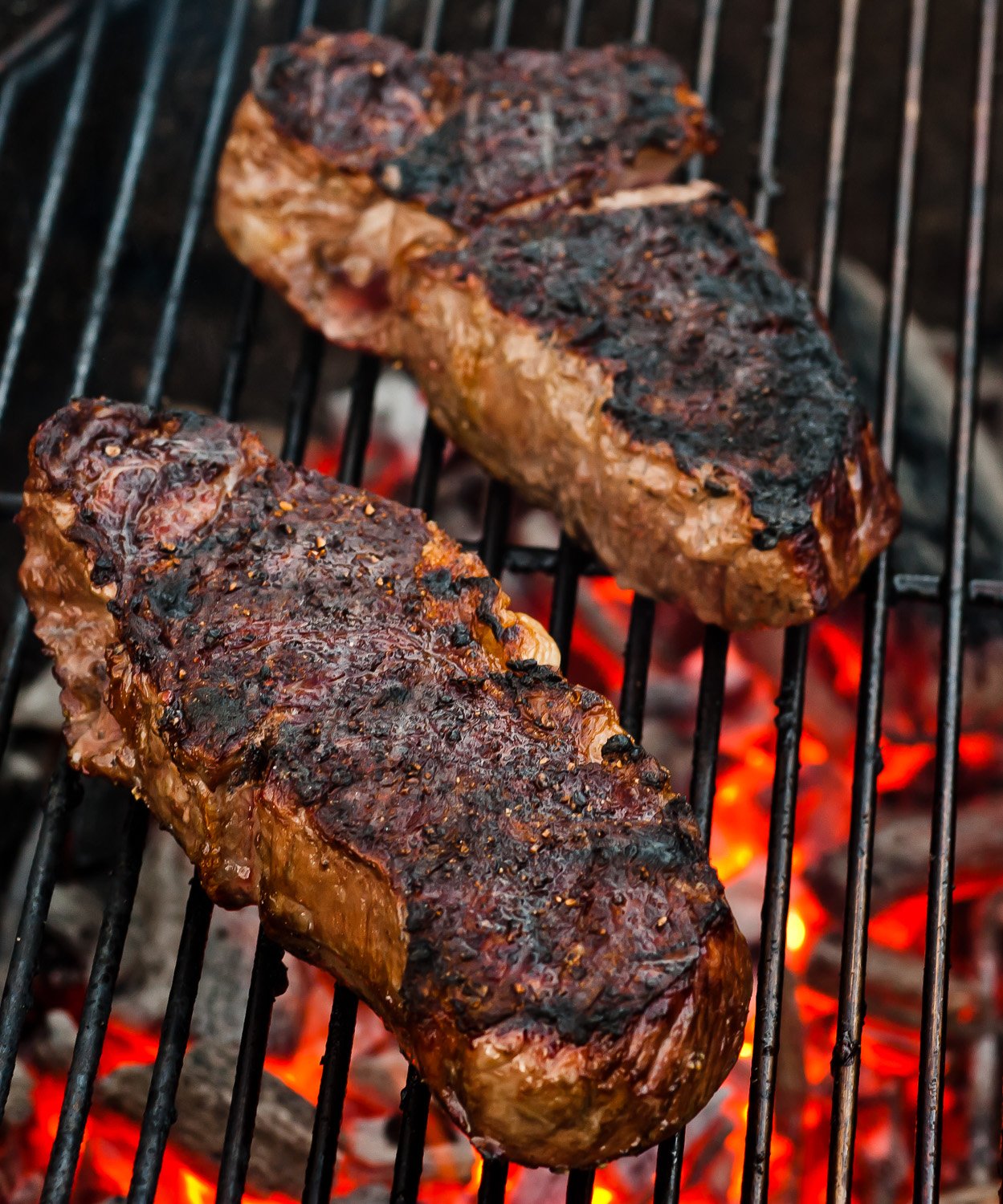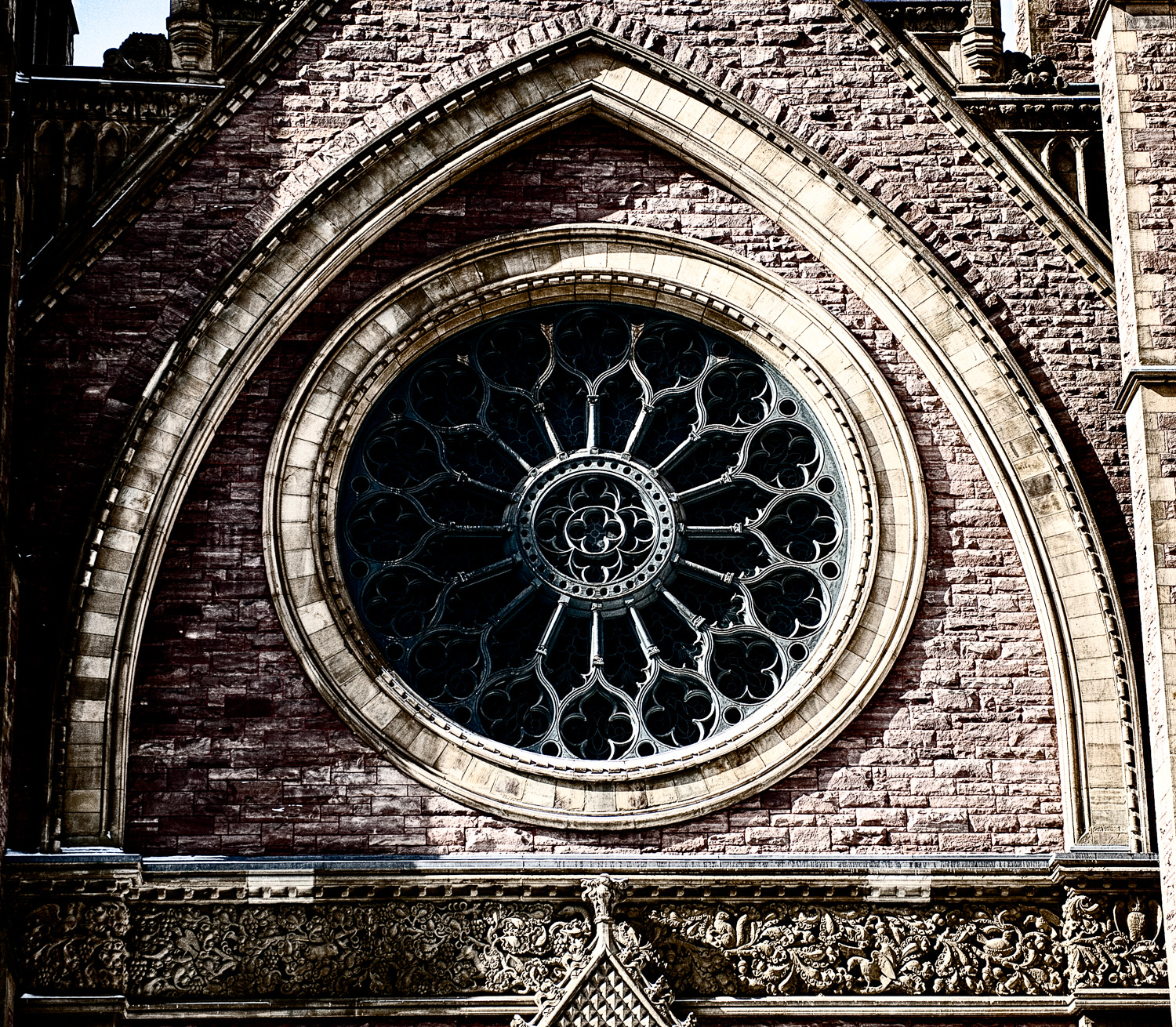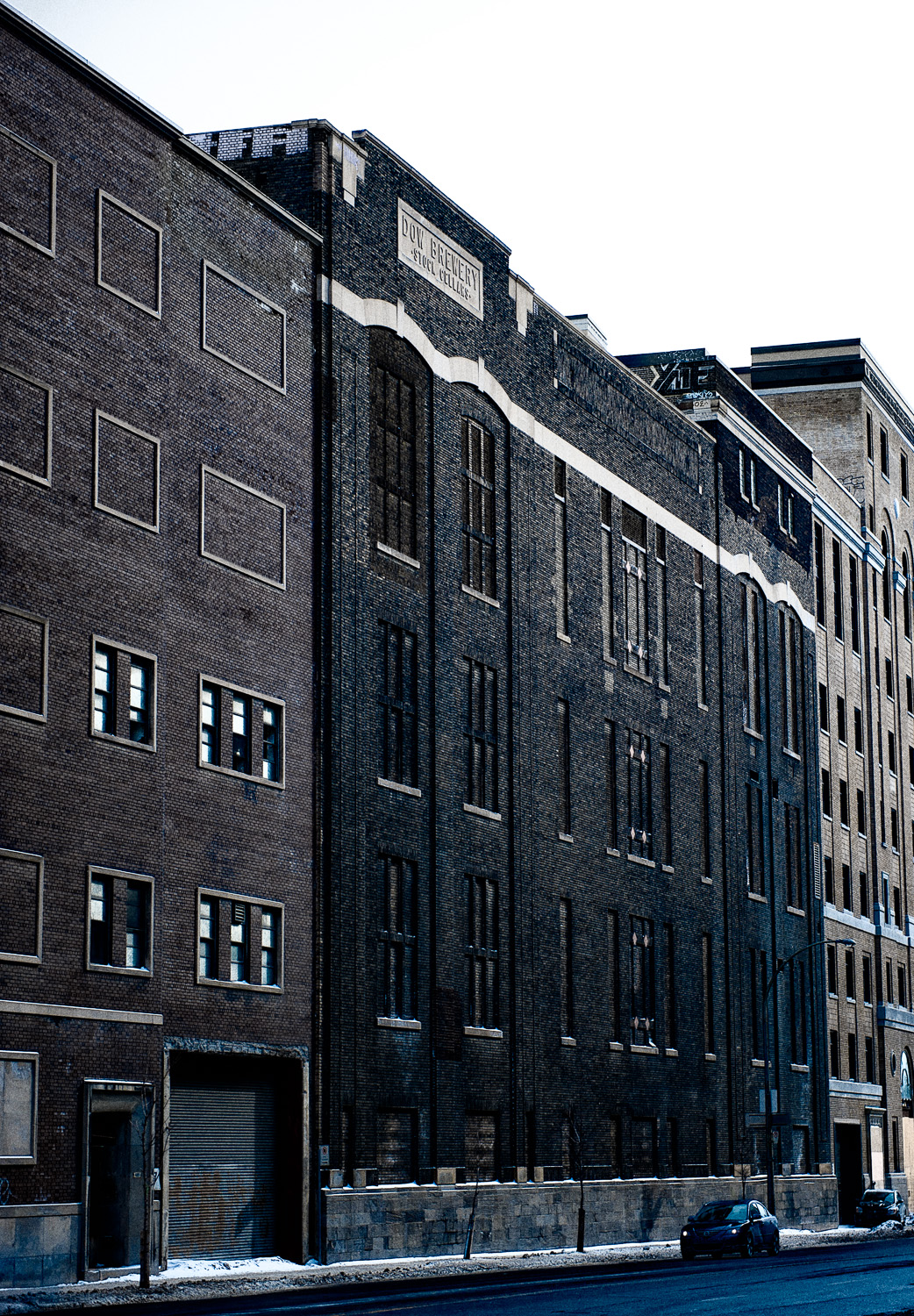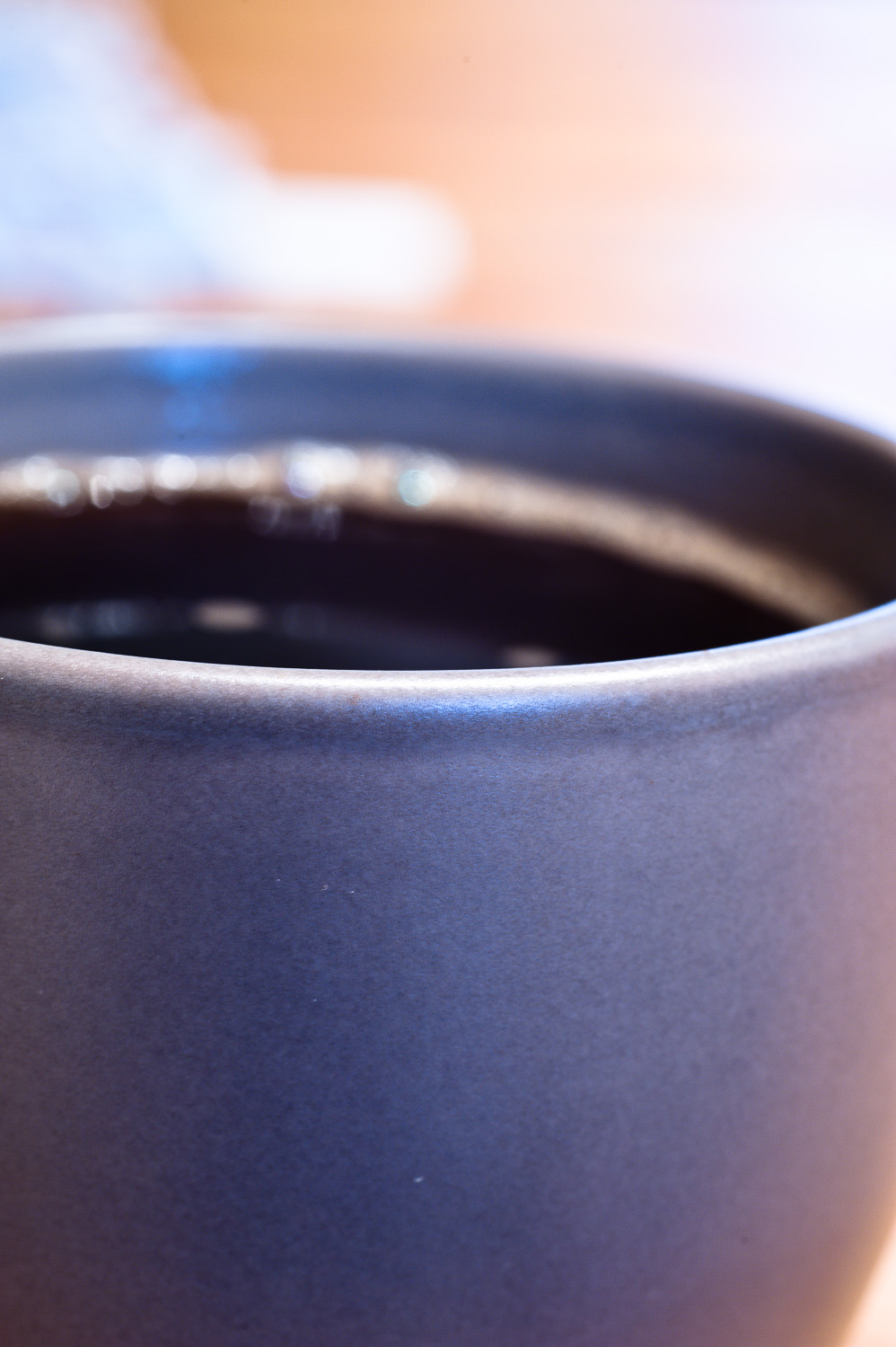Decided to try something new with the blog part of my site. My day job is in IT so I decided to start doing some technology posts with a photography slant. Trying to get into the habit of blogging more often so as part of that I'm going to see if I can make this a weekly feature for the site. I'm going to call this series "Tech Tuesdays". The goal is to have something new posted every Tuesday. For the next couple of weeks I'd like to hit on storage and back-up and how to protect your photos. So with that in mind, I'm kicking this series of with RAID is not back-up. I've seen several cases where people mistakenly thought that they didn't need to back-up their data because they have that data on a RAID system and I wanted to clear up what a RAID is for and why you still need a proper back-up strategy.
What is RAID?
Let's quickly cover what a RAID is. RAID stands for Redundant Array of Inexpensive (or Independent depending on who you ask) Disks. In a nutshell, it's a way of combining a number of disks together for performance or reliability.
There's a number of different styles of RAID (referred to as levels) but the basic idea is that 1 or more of the drives should be able to fail without you losing all of your data (that's where the redundant part comes in). Since photographers tend to have a large collection of photos and would perish the thought of losing them RAIDs tend to be a popular storage solution.
The different RAID levels and how they work is well covered elsewhere so I'm not going to go into it further here. If you need more information, the Wikipedia article on RAID is a good starting point.
Reliability vs. Back-up
The important thing to realize is that RAID is about reliability for keeping a disk system up and running, this is also referred to as high-availability. The point is that a drive can fail and the system will keep running. This is very useful, especially if you're working under a deadline but it's not a back-up.
The purpose of backing up is to have a second copy (or preferably, multiple copies) of your files. If you accidentally delete a file you want to be able to recover it, RAID doesn't offer this. Ideally your back-up strategy should include at least 1 off-site copy of your data, a RAID system doesn't do this. The important thing to realize is that while theoretically the RAID system may contain more than 1 copy of your files it's not stored in a manner that can allow for you to easily retrieve these files. The purpose of a RAID system is to recover all of the data when a drive fails, not for recovering a single lost file.
A warning about RAID 0
There's a specific level of RAID called RAID 0. This RAID level, also called striping, spreads your data across more than 1 disk. However, there is no redundancy in the data. What this means is that if any of the disks fail the entire RAID system will go down, which means you will lose everything on the RAID. That's important enough to repeat, you will lose everything.
RAID 0 is all about performance, not reliability (arguably, at the expense of reliability). If you need that performance then a RAID 0 system can be very fast, but it's important to understand that you're playing with fire unless you have a solid back-up strategy. All hard drives fail at some point and the idea of losing several disks' worth of data because of a single disk failure should be terrifying. I know a lot of people chance it with a single disk in terms of not backing up, do not do this with a RAID 0 system, you will lose your data at some point.
When to use RAID
There's nothing wrong with RAID, just make sure to use it for what it's intended for. RAID can be a great way to create a high capacity back-up system that can also handle 1 or more drive failures. Similarly, RAID 0 can offer performance that simply can't be matched by most single-drive systems, just make sure to keep my warning above in mind. Combine RAID 0 for your main data with a solid back-up strategy and you can have high performance and peace of mind.
In other words, use the 2 for what they're intended for. Back-ups protect your files while RAID protects your disks. If your budget allows for it then combining both options is great. The important thing to remember is that if you have a solid back-up strategy then you can still recover from a total disk failure whereas a RAID on its own doesn't protect you from accidental changes or deletions of files. So if you can only afford one then go for a solid back-up solution first.













